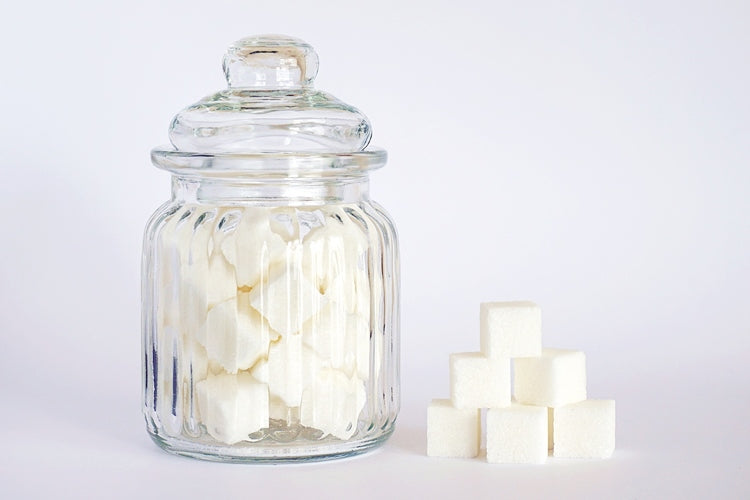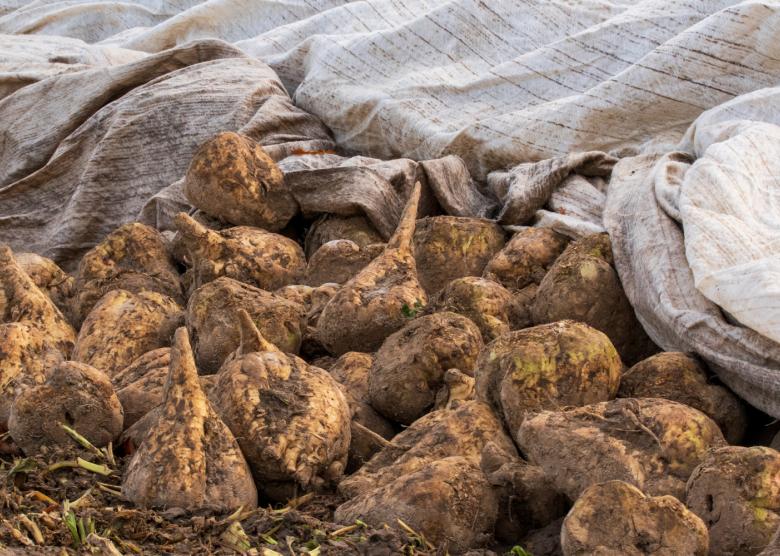Exploring Beetroot Sugar Vs Cane: Nutritional Advantages and Culinary Uses
The comparison in between beetroot sugar and walking cane sugar extends past plain taste and structure, exposing intricate nutritional profiles and cooking applications that warrant cautious exam. As we explore the nuances of these 2 sugars, it comes to be clear that the effects of their use are a lot more extensive than one might initially assume.
Summary of Beetroot Sugar
Although both beet sugar and walking stick sugar offer similar features in cooking applications, beet sugar is obtained especially from the sugar beetroot plant (Beta vulgaris), a root veggie grown in temperate environments. This process starts with the harvesting of sugar beets, which are then washed, sliced, and based on removal methods to generate sugar-rich juice (beet sugar vs cane). The juice undertakes purification and condensation, causing the granulated sugar typically utilized in markets and families
Nutritionally, beet sugar is chemically similar to walking cane sugar, both mostly containing sucrose. However, beet sugar manufacturing tends to have a reduced environmental impact, as sugar beetroots require less water and can be expanded in diverse agricultural conditions. Additionally, the growing of sugar beetroots can add to crop rotation practices, boosting soil wellness.
Beet sugar usually contains trace quantities of vitamins and minerals, including calcium and potassium, although these are negligible in normal intake. In cooking and cooking, beet sugar does equivalently to its walking cane counterpart, making it a versatile sugar. Its neutral taste account permits it to be effortlessly integrated into different dishes without changing the intended preference of the last product.
Review of Cane Sugar
Walking stick sugar, acquired from the sugarcane plant (Saccharum officinarum), makes up roughly 70% of international sugar manufacturing. This flexible sweetener is cultivated in subtropical and exotic regions, with major producers including Brazil, India, and China. The extraction process involves crushing the sugarcane stalks to launch the juice, which is then made clear, evaporated, and crystallized to create raw walking cane sugar.
Walking cane sugar is defined by its fine, white granules and is typically discovered in both granulated and powdered forms. Its flavor profile is usually called pleasant and clean, making it appropriate for a vast array of cooking applications, from cooking and cooking to sweetening beverages.
In addition to its cooking uses, cane sugar also works as a preservative in jams and jellies, along with a fermentation agent in the production of liquors. The sugar is typically refined into different items, including molasses, brown sugar, and liquid sugar, each offering unique attributes that can improve various dishes. On the whole, walking cane sugar continues to be a staple active ingredient in kitchens worldwide, emphasizing its significance in both culinary traditions and modern gastronomy.
Nutritional Comparison
When comparing beetroot sugar and walking cane sugar, it is crucial to assess their dietary profiles to understand their impacts on wellness. Both sorts of sugar are mainly made up of sucrose, which is a disaccharide comprised of glucose and fructose. This means that, in regards to calorie web content, they are virtually identical, giving roughly 16 calories per teaspoon.
Nevertheless, there are subtle distinctions in their processing and mineral content. Beet sugar is typically processed utilizing bone char, which may not be suitable for vegans and vegetarians, while walking anchor stick sugar can be more straight refined. In terms of trace minerals, cane sugar may maintain slightly extra potassium, magnesium, and calcium because of less substantial handling, though these amounts are minimal compared to day-to-day advised intakes.
Furthermore, both sugars add to the same wellness dangers when consumed in extreme amounts, such as excessive weight, kind 2 diabetes mellitus, and oral problems. Inevitably, the option in between beet and cane sugar might pivot much more on personal choice or dietary limitations rather than substantial differences in nutritional worth. Understanding these subtleties can assist consumers in making informed dietary selections.

Culinary Use Beetroot Sugar
Beet sugar, a versatile sweetener originated from sugar beetroots, finds numerous applications in culinary methods - beet sugar vs cane. Its improved crystals liquify easily, making it a perfect active ingredient for baking, cooking, and beverage prep work. In the realm of cooking, beet sugar contributes to moisture retention and browning, boosting the texture and taste of cookies, cakes, and pastries
Additionally, its neutral flavor profile enables it to mix seamlessly into different recipes without overpowering various other active ingredients, making it appropriate for both tasty and pleasant recipes. Beetroot sugar can also be utilized in sauces, dressings, and sauces, where it balances level of acidity and enhances the general preference.
In beverages, beetroot sugar is generally made use of to sweeten tea, coffee, and alcoholic drinks, providing a consistent sweet taste that complements diverse taste accounts (beet sugar vs cane). In addition, it acts as a chemical in jams and jellies, ensuring a steady product with boosted shelf life
Culinary Utilizes of Walking Stick Sugar
Sweet taste is a fundamental aspect of several cooking developments, and walking stick sugar plays an essential role in accomplishing that balance. Walking cane sugar boosts flavors in desserts, supplying the sweetness vital for cakes, breads, and cookies.
In full-flavored recipes, walking stick sugar can balance acidity and bitterness, boosting the general taste profile. It is commonly used in sauces and marinates, where it helps to create a harmonious weblink blend of wonderful, salty, and umami notes. Additionally, walking stick sugar is an essential active ingredient in protecting fruits, as it acts as a natural preservative, preventing microbial development.
In drinks, cane sugar is usually favored for sweetening teas, soft drinks, and cocktails, enabling for a tidy, pure sweetness. Its versatility makes it a staple in check over here both home kitchen areas and professional cooking settings, showcasing its relevance in attaining culinary excellence.
Verdict

The comparison in between beetroot sugar and cane sugar prolongs beyond mere preference and structure, disclosing elaborate dietary accounts and cooking applications that warrant cautious assessment.Although both beetroot sugar and walking stick sugar serve comparable functions in cooking applications, beet sugar is derived particularly from the sugar beetroot plant (Beta vulgaris), a root vegetable grown in pleasant environments. Beet sugar production tends to have a lower ecological impact, as sugar beetroots require much less water and can be expanded in varied farming conditions. The sugar is often refined right into various items, consisting of molasses, brownish sugar, and liquid sugar, each offering special attributes that can improve various dishes.Beetroot sugar, a functional sweetener derived from sugar beetroots, locates countless applications in cooking methods.